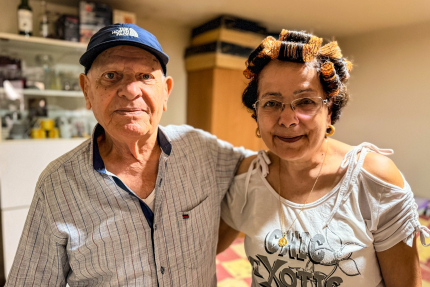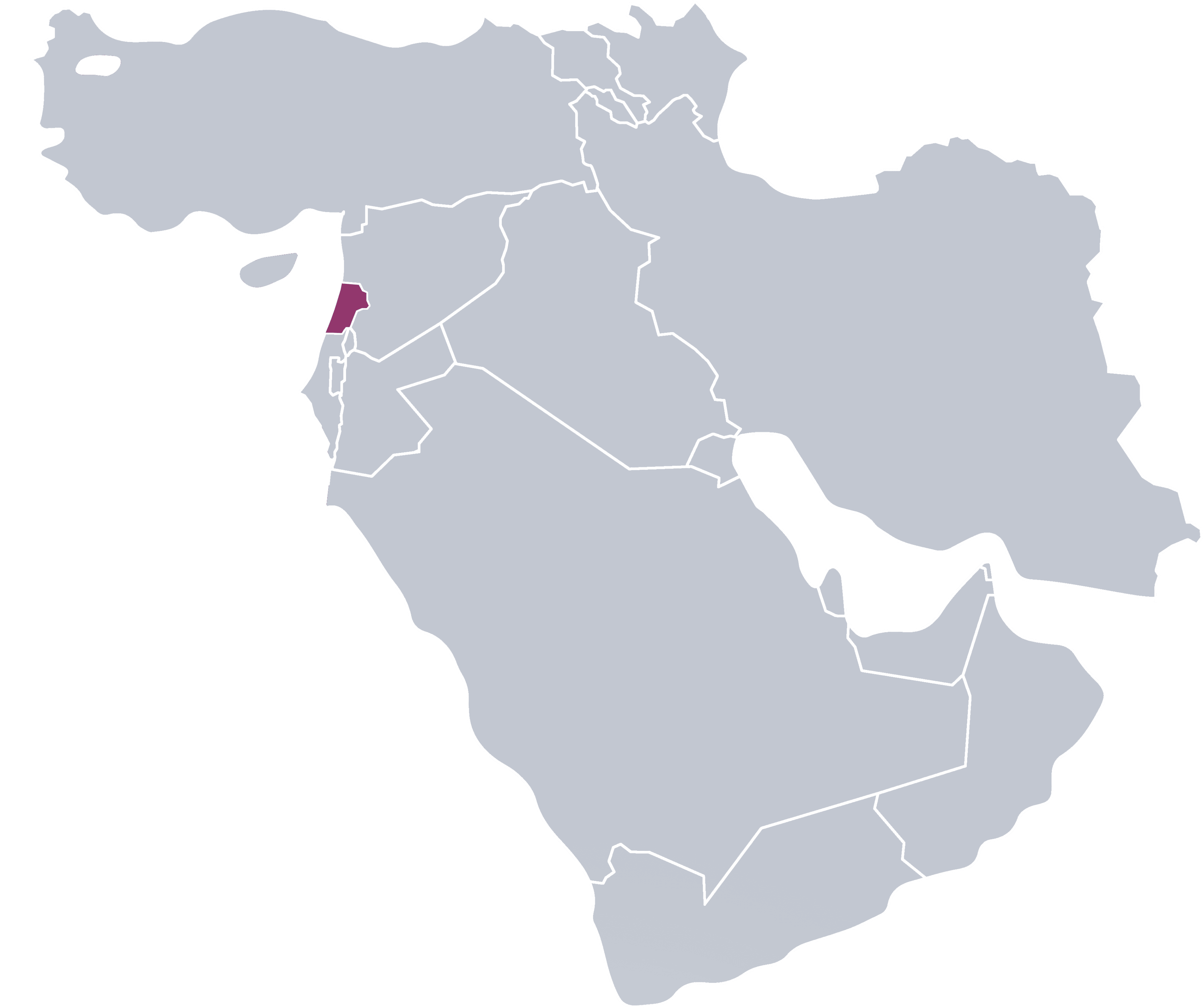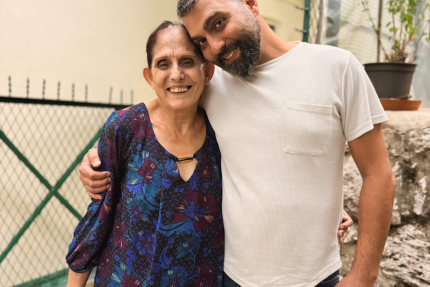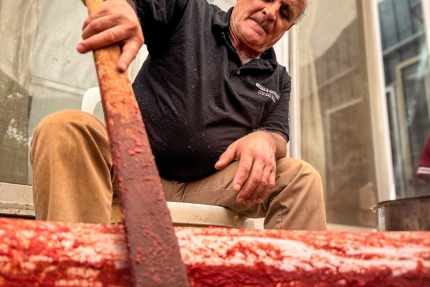The fibrous, white dome of the blast wave from the Beirut explosion swallowed the city at over 300 meters per second. Three times faster than a Category 5 hurricane. It was 6:07 PM. By 6:08, it was over. No war in Lebanon had destroyed so much in such a short time.
Armenia Street is one of the main arteries in the dense network of Bourj Hammoud, Beirut. At the beginning of the 20th century, Armenians fleeing genocide built the street and their new lives there. They turned the wetlands around the Lebanese port into a new home, reconstructing Armenia—their real, Caucasian homeland—from memory. Armenia Street was never a quiet corridor, a silent monument to a lost country. Its story of building a new life in a foreign land was told through crowds, honking horns, the smell of lahmajun, conversations about inflation, and hopes for the future.
Roger’s wife went to the hospital to pick up their daughter. When the explosion occurred, they were together in the Saint George ward. They died at the same moment—Roger pauses his story. Every attempt to revisit the memories tears his heart like the shards of glass from the windows that at 6:08 became a demon, slicing through the bodies of his loved ones at insane speed.
“I lost them both. In an instant.” The small, gray-speckled man huddles, eyes accustomed to tears, seeking refuge in the arms of Dr. Harouny. He lives in an abandoned building on Armenia Street—just 600 meters from the site of the blast.
At 6:08, the entire street exploded. Though the Armenian heritage of its residents helped rebuild life on the street, the building where we meet Roger never recovered. Pocked walls, shattered windows, boarded-up openings like bloodied bandages, exposed wires, and rubble piled in the courtyard. Time stopped here at 6:08. Roger lost his wife and daughter, then his job, savings, and health. The blast threw him out of reality. The walls of his home mirror the state of his mind and body.
He asks for prayer. To remind us, he pulls a childhood keepsake from the wall—a picture of Saint Charbel. The broken wooden frame and yellowed print are covered by the only unbroken piece of glass in the entire building.
“Take it. One of the earliest images of the Maronite saint. Pray to him for me. Look—he survived the blast; maybe he will save me too.”
Doctors suspect Roger has cancer. The preliminary diagnosis needs further testing, but every visit, procedure, and examination costs money. Roger asks for a few dollars here and there. He has managed to gather 50 so far, but the upcoming CT scan will require another 200.
Dr. Elie Harouny visits Roger at least once a week. They speak almost daily by phone. He brings him bread, medicine, news from the world, and a bit of calm. Today he promises to cover the CT scan at the hospital. Slowly, quietly, he pieces together the human lives shattered by the explosion. He tends the wounds that refuse to heal.





